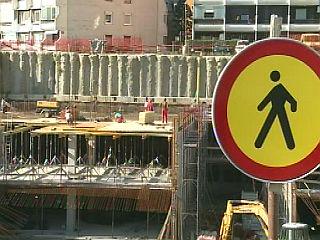The scenario assumes that 30 million square metres or ¼ of all buildings in the country would be renovated by 2030. In Slovenia, buildings account for 30 percent of total energy consumption, so improving a building’s energy efficiency would substantially reduce its energy costs. The public sector will be able to tap up to 115 million euros in grant funds and 50 million in reimbursable European funds. The rest – the 1st package of investments (by 2020) is believed to be worth around 400 million euros – will be secured through public-private partnerships and public procurement.
The strategy is expected to boost Slovenia’s economy. Higher demand is expected to fuel the market and create an additional 3000 to 4600 jobs a year, and also reduce foreign energy dependence. Residential energy consumption is projected to decrease by 25 percent by 2020, while CO2 emissions are forecast to decline by around 50 percent.
The projections have been thoroughly analyzed, but the government needs to secure the necessary funds for the strategy. It is expected to cost about 6.7 billion euros in the next 15 years. Privately-owned buildings account for 75 percent of those funds. The Infrastructure Ministry estimates that the Slovenian Eco Fund will provide approximately 40 million per year. Investments in public buildings will total 50 million per year, half of these investments will include private capital. The project will also be co-financed by the Cohesion Fund (up to 110 million by 2020). The rest will have to be provided by the government.
Erna Strniša, Radio Slovenija
translated by Darko Vöröš


































































